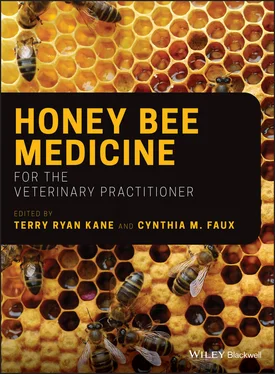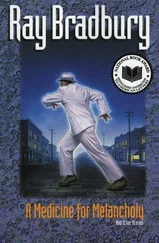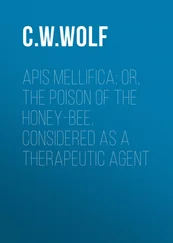A virgin queen, due to weather, may be unable to take mating flights. After a few weeks, she may begin to lay eggs. Or a queen may have a problem with her internal plumbing that prevents her from fertilizing her worker eggs. In either case, the queen may lay a solid pattern of drone brood in worker cells ( Figure 5.30).

Figure 5.30 A case of a young queen commencing egg laying without having mated (likely due to confinement by weather). Note that she has attracted a retinue of attendants, but that every cell contains a drone larva too large for the worker cell in which the eggs were laid. Note also that the workers have extended the cell walls, and in a few days the cells would be capped with bullet‐shaped drone cappings, rather than slightly‐domed worker cappings.

Figure 5.31 A solid brood pattern, indicating an excellent queen, and a well‐nourished, disease‐free colony.
Beekeepers thrill to see a “solid brood pattern” ( Figure 5.31).
Sometimes one will observe what beekeepers call “spotty brood” ( Figure 5.32). This may or may not be a reflection of the queen. A queen mated in an inbred population, due to lack of diversity in the sex alleles of the drones that she mated with may lay fertilized eggs that develop into “diploid drones,” which are quickly consumed as larvae by the nurses, resulting is a spotty brood pattern. This is seldom the case, unless a beekeeper is rearing their own queens.
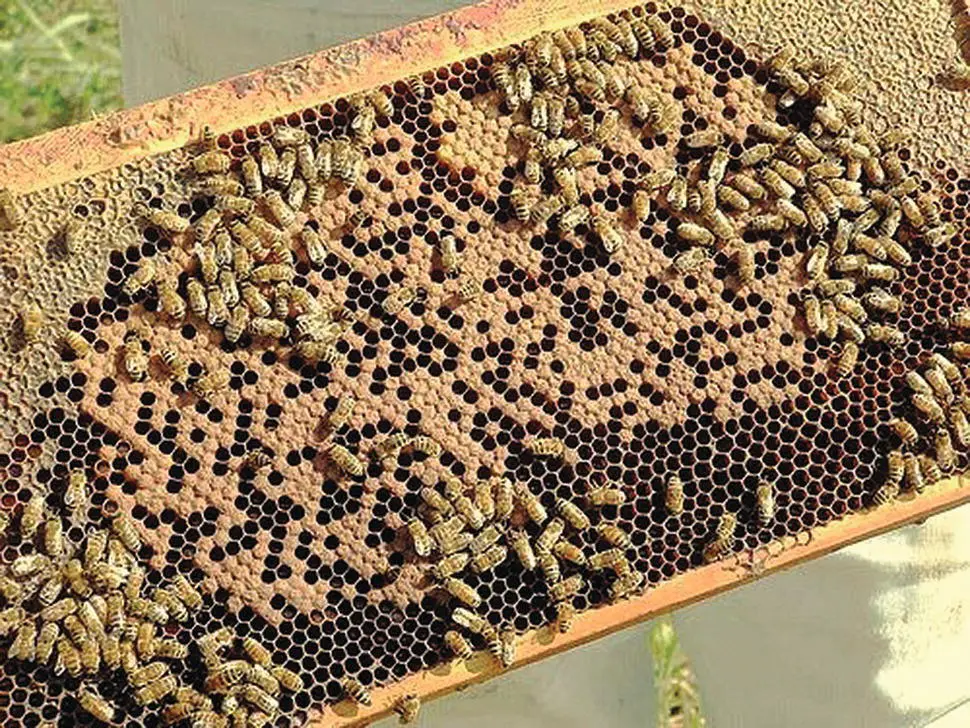
Figure 5.32 An example of “spotty brood.” Although beekeepers often blame the queen for this condition, it may or may not have anything to do with her.
More often, spotty brood becomes normal as the season progresses, due to poor nutrition, disease, or parasitism by varroa ( Figure 5.32).
Spotty brood is caused by larval mortality due to dearth or poor nutrition, European Foulbrood (EFB), Chalkbrood, a virus, toxic pollen, or pesticide or miticide contamination of the combs. Far too many queens are unnecessarily replaced due to problems not of their own fault. But if a queen is over a year old, she may be starting to run out of viable spermatozoa.
Practical application: There's not much that one can do about Chalkbrood, but EFB can be cleared up with oxytetracycline. Give the queen a fresh comb to lay on, in order to see whether comb contamination or disease is the problem. If the spotty brood persists, then replace the queen.
Queen Replacement and Introduction
Since queens tend to begin to fail in their second season, most professional beekeepers replace them annually, instead of taking the chance of successful supersedure. A colony going into the winter with an aged queen is a recipe for disaster.
Practical application: colonies tend to perform and survive better if they have young queens.
Identifying and Locating the Queen
Although beginning beekeepers always want to “see the queen” ( Figure 5.33) in truth, it is rarely necessary to observe the queen directly in order to determine her status.
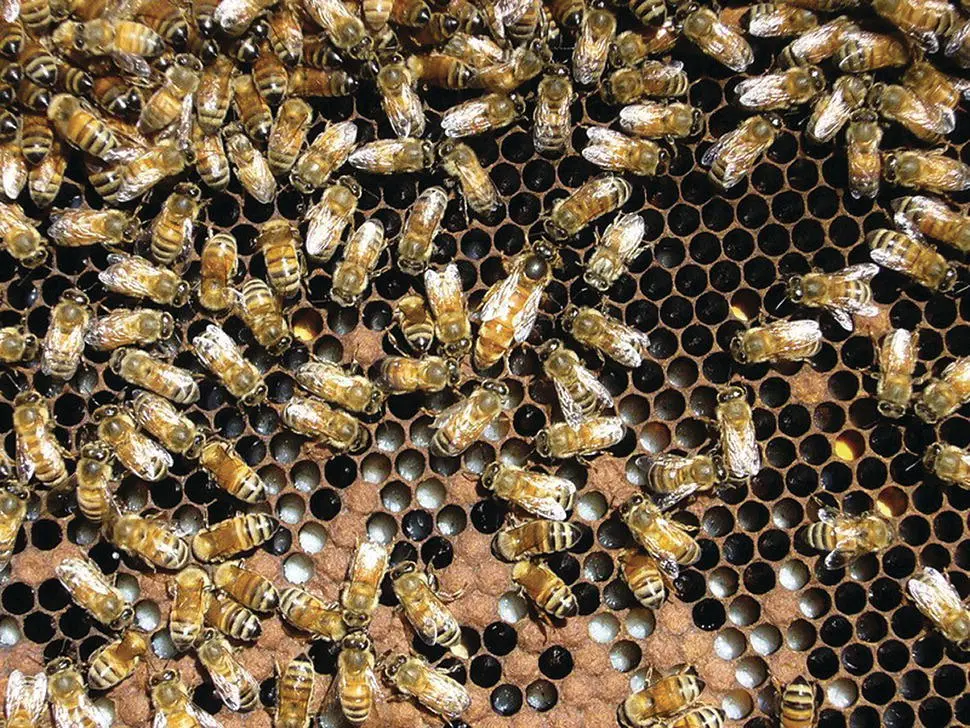
Figure 5.33 The queen is most often to be found on a brood frame, and not surprisingly, most often on one containing fresh eggs. But she will also sometimes be found on an outside frame, or even on the wall of the hive.
Tips for finding the queen:
It is difficult to see queens when you are wearing a veil (sorry, that is just a fact).
Check the brood frames first.
As you pull out the frame, look down the face at an oblique angle – the queen stands somewhat taller than the workers.
Glance at the face of the next frame in the hive, I often spot the queen there.
The queen is far easier to spot in the first 5 seconds than she is after 10 seconds after being disturbed, so first glance quickly at both sides of the frame.
Hold the frame in front of you, with good lighting, hold your eyes steady, and move the frame in a rectangular motion in front of your stationary eyes (rather than moving your eyes).
Train your eye to recognize the queen's abdomen, more angular “hips,” a possible retinue of attendants, and her longer (and often light‐colored) legs.
A queen will only sting another queen – they can be safely handled with bare fingers. They should never be handled through gloves, due to the loss of delicate touch. To prevent damaging her delicate ovaries, avoid ever touching her abdomen. To pick up a queen, approach her from the rear, and gently pinch her wings together ( Figure 5.34).
There is likely little reason for a vet to handle a client's queens. But you may get a call about a queen suddenly dropping dead while being handled. It is a relatively common behavior for a queen to play possum when handled, but very alarming to the novice ( Figure 5.35).
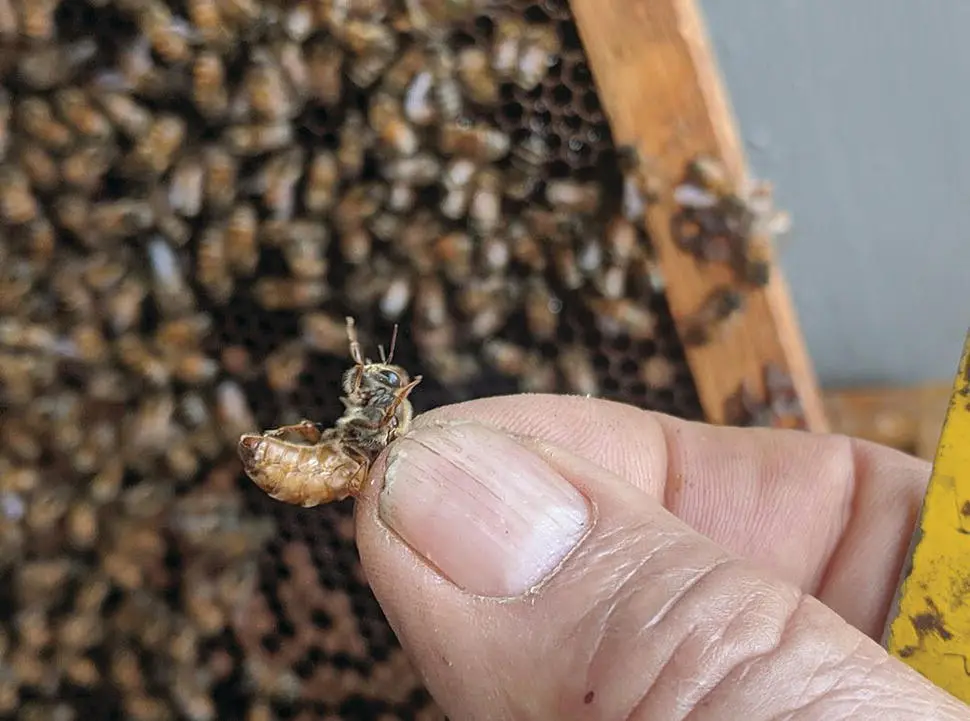
Figure 5.34 Queens are typically held by both wings. If you only get one wing, release her before she wrenches around and hurts herself.
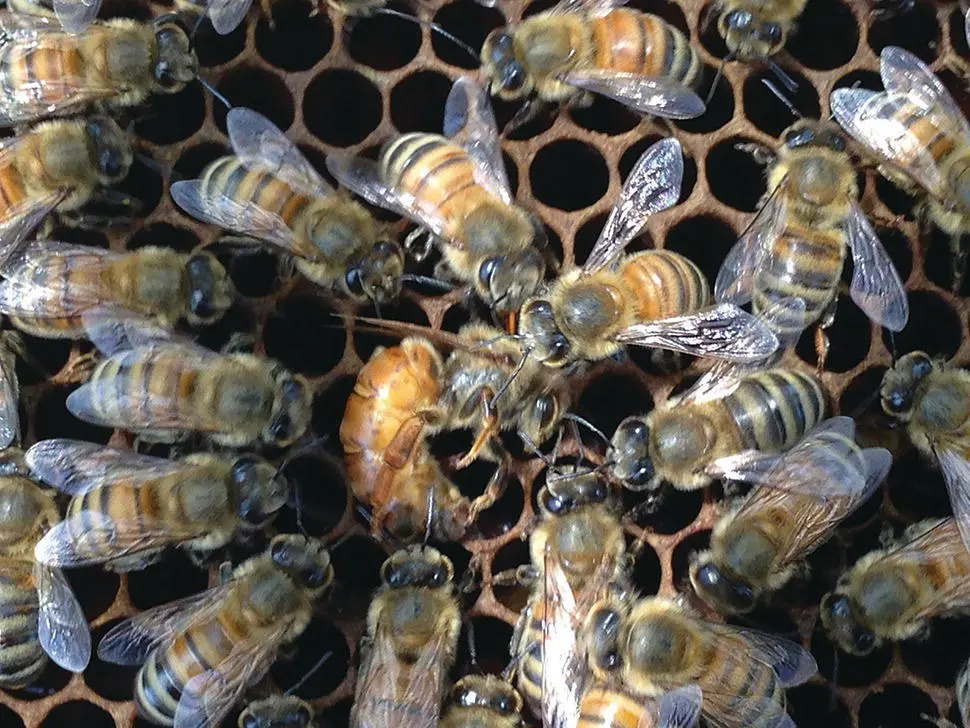
Figure 5.35 Even when gently handled, some queens may play possum. Do not let this scare you – simply return her to her bees on a frame held horizontally, and she will soon “come to.”
If a queen is disturbed, she may start “running,” causing her own workers to attack her. To prevent this, if I am going to be disturbing a colony greatly, I will often temporarily place the queen in a queen cage, returning her to the colony when I'm finished ( Figure 5.36).
There are a million suggestions for introducing queens. In general:
Remove the old queen and wait a day.
If the replacement queen is closely related, and in laying condition, she can be successfully introduced at the entrance with a few puffs of white smoke. Figure 5.36 Placing a queen headfirst into a queen cage for her own protection, to be used to release her back into the colony after it has been put back together. I will plug the end with a miniature marshmallow or piece of green leaf, which then allows the colony to calm down by the time the bees have chewed their way through the plug. Figure 5.37 Bee behavior indicating acceptance of a caged queen. The bees will be moving over the screen, offering the queen food, and can be easily brushed away with a finger. Once you observe this behavior, it is safe to remove the cover from the candy plug, in order to allow the workers to release the queen some time after you have closed the hive back up. Then replace the still‐plugged cage into the hive with the screen exposed to the workers.
Читать дальше
